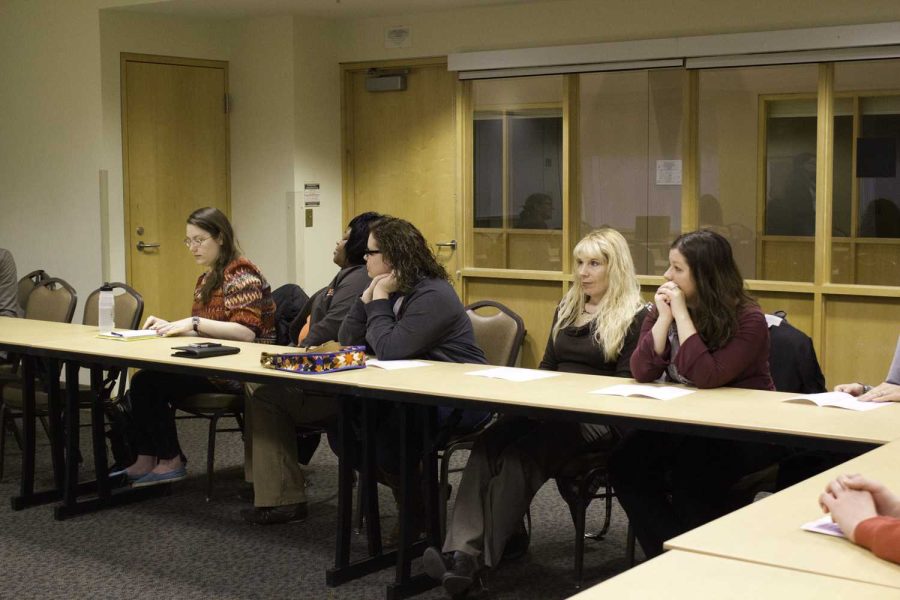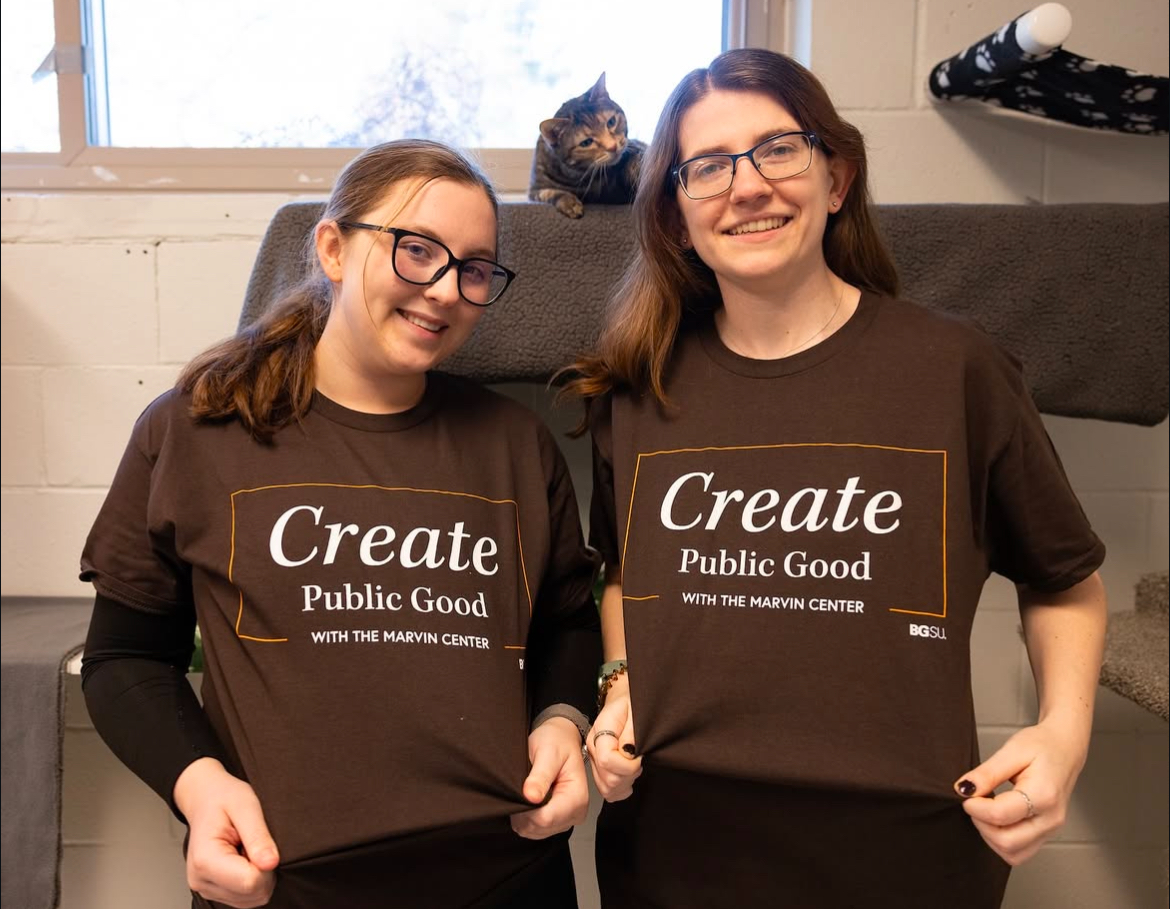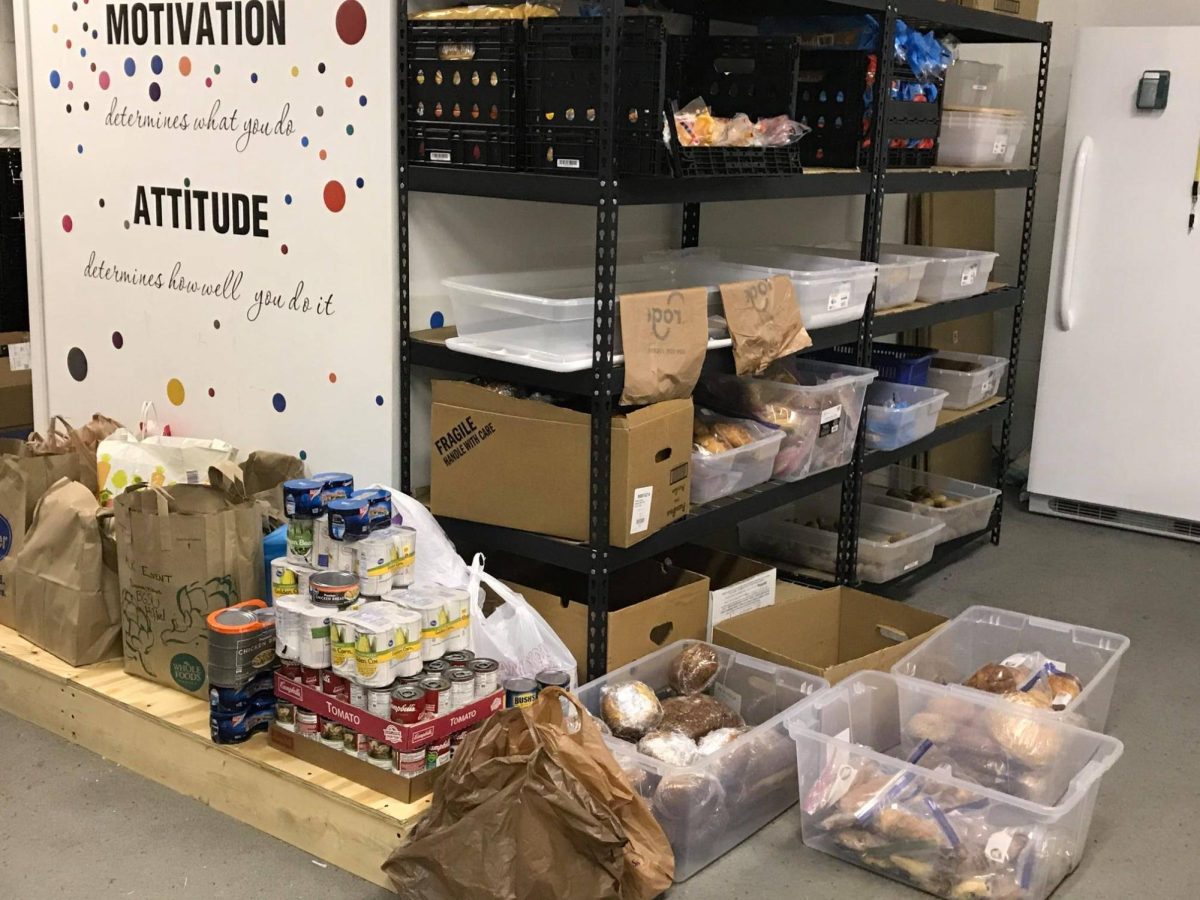Girls are made of sugar, spice and everything nice, boys are made of snips, snails and puppy dog tails.
The nursery rhyme tells the stereotypical make up of small children. Girls are supposed to be kind and docile and boys are supposed to be rough and tumble.
The University’s Women’s, Gender and Sexuality Studies Research Symposium hosted Friday included panel sessions discussing the reality of what little girls and boys are really made of.
Kevin Calcamp, from the department of theatre and film, said the representation of gender for boys at a young age is just as critical as it is for young girls.
“Superheroes for boys are just as unrealistic for young boys as models can be for young girls,” Calcamp said.
He said as a child he enjoyed watching cartoons, especially Superman, Batman, Spiderman, He-man and the X-men. He would run around his house with a sheet or towel pinned around his neck pretending he too was a superhero.
However, there was a danger in embodying these characters.
“Their muscles and attractiveness were unrealistic representations of an idealized perfection,” Calcamp said.
None of these superheroes gained their “super” abilities through hard work or determination. Aquaman received his powers from birth, Superman is an alien and Spiderman was bitten by a radioactive spider.
This caused a problem for Calcamp as he grew older because he did not “embody the ideal male gender” according to the shows he watched as a child.
Brock Webb, an American Culture Studies graduate student, also said media has an effect on sexuality.
His presentation on the representation of LGBT presence in video games focused on one game in particular.
Dragon Age, the BioWare RPG, is one game that allows the player to choose their gender as well as their sexual partner.
Players, regardless of if they choose male or female, may be involved with a heterosexual NPC or a bisexual NPC.
While companies like EA are making progress in inclusion of player’s identification other companies are still behind.
“They are worried it will cut into their demographic,” Webb said. “White, straight, males.”
Ruth Baber-Smith is working on her doctorate in leadership studies while working at the Wood County Sheriff’s Department.
Smith discussed women’s presence in law enforcement.
“We’ve made progress in the last 30 years,” Smith said. “But we still hit the ‘blue wall.'”
The blue wall is a term representing the gender divide between males and females in law enforcement. It is called the blue wall because of the blue law enforcement uniforms and also because blue is “for boys.”
“When a woman is pregnant the first thing people ask is always: “is it a boy or a girl”?” Smith said. “So before we even enter the world, a gender is being ascribed to us.”
Smith went on to discuss the gender privileges given to both genders.
“There is more pressure on boys to be manly than girls to be girly,” Smith said. “But at the same time, it’s better to be a boy.”














